No Talk, but Some Action on U.S.-China Tariffs

No Talk, but Some Action on U.S.-China Tariffs
Beijing refutes Trump’s claims about ongoing trade negotiations between the two countries.
Children play next to the Bund Bull sculpture in Shanghai on April 9. Hector Retamal / AFP via Getty Images
Welcome to Foreign Policy’s China Brief.
The highlights this week: U.S. President Donald Trump engages in double-talk over tariff negotiations with China, food prices in China could increase amid the trade war, and new U.S. chip restrictions hit less advanced technology, including Nvidia’s H20.
Welcome to Foreign Policy’s China Brief.
The highlights this week: U.S. President Donald Trump engages in double-talk over tariff negotiations with China, food prices in China could increase amid the trade war, and new U.S. chip restrictions hit less advanced technology, including Nvidia’s H20.
U.S.-China Trade Talks?
Trump has repeatedly said that Chinese President Xi Jinping has called him to talk about tariffs. But Beijing insists that “China and the U.S. are not engaged in any consultation or negotiation on tariffs.” Who is telling the truth?
There are almost certainly no formal negotiations or top-level talks taking place. Phone calls between U.S. and Chinese leaders usually come with mutual readouts and some fanfare, and there have been no reports of official, direct contact since Jan. 17—before Trump took office.
When Trump says that he has “spoken to [Xi] many times,” he is either lying or confused about previous conversations. U.S. Treasury Secretary Scott Bessent, meanwhile, has downplayed Trump’s claims while suggesting that the White House does have an appetite for tariff off-ramps.
This obfuscation is unlikely to win many friends in Beijing, which is increasingly blunt in its denials that talks are taking place. But that doesn’t mean China isn’t taking diplomatic steps. A Chinese delegation was recently in Washington for the annual World Bank and International Monetary Fund spring meetings and may have quietly visited the Treasury Department, according to South Korean media.
Chinese officials and economists are privately calling and messaging U.S. contacts at think tanks or those who served in the Biden administration, asking for analysis of the power dynamics inside Trump’s circle. This suggests that Beijing is trying to find a reliable intermediary inside the White House.
Chinese state media has emphasized persistence, resilience, and the country’s devotion to existing trade rules. One commentary, posted on Beijing Daily’s social media account, evoked former Chinese leader Mao Zedong’s series of speeches, On Protracted War, for making sense of the trade spat.
However, this shouldn’t be taken as a strategic indicator. Chinese media has plenty of nationalistic bluster, and editors are often working toward what they think the leadership wants, especially when they use Maoist language. Calls for resistance against U.S. tariffs today could easily give way to praise for diplomatic talks tomorrow.
Both the United States and China have also quietly exempted certain goods—such as specific pharmaceutical drugs, aerospace parts, and microchips—from tariffs even while talking tough. Yet Beijing is unlikely to make the kind of submissive gestures that Trump wants from other trade partners—or even the token gestures that Canada and Mexico made on fentanyl. Any climbdown may have to start with Washington.
One reason to engage in early-stage negotiations is to work out what the other side is thinking—but frankly, China might not need to do that. U.S. cybersecurity is crumbling, and many Trump administration officials are conducting government business on private, vulnerable phones with easily obtainable details.
As a result, China’s intelligence services—and others—presumably have easier access to U.S. internal discussions than ever before. Their biggest problem might be that Trump’s top staff don’t seem to know what the administration’s plan is.
The U.S. economy is starting to feel the pain. Ports on the West Coast, from Seattle to Los Angeles, are seeing a decline in cargo arriving from China. The impact will be felt across multiple U.S. sectors: immediately in some that manufacture in China, such as textiles, toys, and games; and more slowly in those that depend on Chinese factories indirectly.
While the U.S. public overwhelmingly opposes Trump’s tariffs, the trade war has revived a sense of national pride in China that was last prominent in 2020, during the country’s initial successes against the COVID-19 pandemic. China has promised support for exporters while holding back on more economic stimulus for now, to investors’ disappointment.
The Trump administration, for its part, has done little or nothing for U.S. businesses affected by the tariffs except make wild claims about abolishing income tax for consumers and attacking Amazon for its reported plans to highlight the cost of tariffs on its website. (Amazon has since said that it is not planning to enact these changes.)
It’s a game of mutual pain, but China can take a lot more before crying uncle.
What We’re Following
Rising food prices. Agriculture is one of the few areas where the U.S.-China trade balance is very much in the United States’ favor, and the potential loss of the Chinese market is now worsening prospects for U.S. farmers, who are already in crisis. But agriculture could also be a key source of leverage for Washington.
Last week, China canceled an order for 12,300 metric tons of U.S. pork, Chinese consumers’ favorite meat. Pork prices are already high in China, in part due to swine flu outbreaks. The loss of U.S. produce could drive food prices up significantly. But any U.S. attempt to leverage food costs in trade negotiations might only be a short-term squeeze: Chinese firms are already casting about for replacements, especially from Brazil.
The disappearance of U.S. imports may also be exposing corruption as the Chinese government looks more closely at domestic production: The finance ministry’s agriculture chief, Wu Qixiu, was announced to be under investigation on Monday.
Exemptions for medical supplies. Another critical sector for U.S.-China trade is medical supplies, where Beijing has already allowed an exemption for U.S. imports. The United States has not offered an exemption, which is surprising given that its hospitals and pharmaceutical industry depend on personal protective equipment (PPE) and other medical gear from China.
The tariffs are thus likely to immediately drive up health care costs and could seriously impact public health in the United States, as happened during the early stages of the pandemic when domestic needs in China spiked and U.S. hospitals faced critical PPE shortages.
Medical equipment is a prime example of just how difficult it is to reshore production to the United States, a major priority for Trump. As the pandemic showed, maintaining domestic supply is a genuine strategic necessity, but that didn’t prevent cheaper Chinese goods from flooding the U.S. market as soon as the urgent need ebbed.
FP’s Most Read This Week
- Four Explanatory Models for Trump’s Chaos by Emma Ashford
- Marco Rubio’s Soulless Crusade by Howard W. French
- America Will Miss Europe’s Dependence When It’s Gone by Edward Lucas
Tech and Business
Lower bar for chip sanctions. The latest round of U.S. chip restrictions is hitting less advanced technology than before, including Nvidia’s H20 chip, which was designed specifically to avoid U.S. sanctions under President Joe Biden. Reports initially suggested that the Trump administration would not impose such restrictions after Trump dined with Nvidia CEO Jensen Huang on April 4.
But filings from Nvidia and other major firms show that while the chips aren’t totally banned, they now require licenses that impose considerable costs on manufacturers. Chinese firms have already accumulated stockpiles in anticipation of further sanctions, and the latest move may be another spur for China’s long-held ambition of building its own domestic chip industry.
Temu and Shein backlash. Popular dropshipping apps Temu and Shein started displaying tariff costs in their prices last Friday, prompting dismay from users in the United States who weren’t following international politics. In some cases, prices have spiked by more than 300 percent.
The massive increases are due to both the U.S. tariffs and the elimination of the de minimis exemption that allowed sales of smaller-value packages to grow significantly in the last decade. TikTok is flooded with videos discussing the impact of the new prices, which research shows are likely to disproportionately affect low-income and minority consumers.
James Palmer is a deputy editor at Foreign Policy. X: @BeijingPalmer
More from Foreign Policy
-

A drawn illustration of a Trump whirlwind on a red background Four Explanatory Models for Trump’s Chaos
It’s clear that the second Trump administration is aiming for change—not inertia—in U.S. foreign policy.
-

Marco Rubio is seen up close, sitting on a couch beside J.D. Vance. Marco Rubio’s Soulless Crusade
The U.S. secretary of state stands for no principle other than serving the man who appointed him.
-

Soldiers from various NATO allies take part in a military exercise at the Smardan Training Area in Smardan, Romania, on Feb. 19. America Will Miss Europe’s Dependence When It’s Gone
European self-reliance for security will cost U.S. jobs, profits, and influence.
-

A collage photo illustration shows Donald Trump gesturing with arms wide. In front of him are headshots of Benjamin Netanyahu and Vlodymyr Zelensky, images of immigratns and ICE police, a tattered EU flag and America First signs. Trump’s First 100 Days on the Global Stage
Ten thinkers on what to make of the opening salvo of the president’s second term.

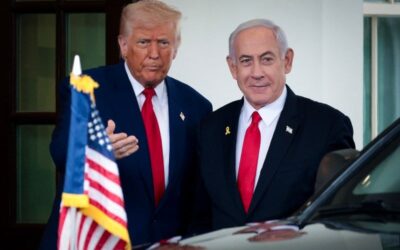
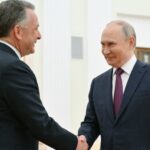

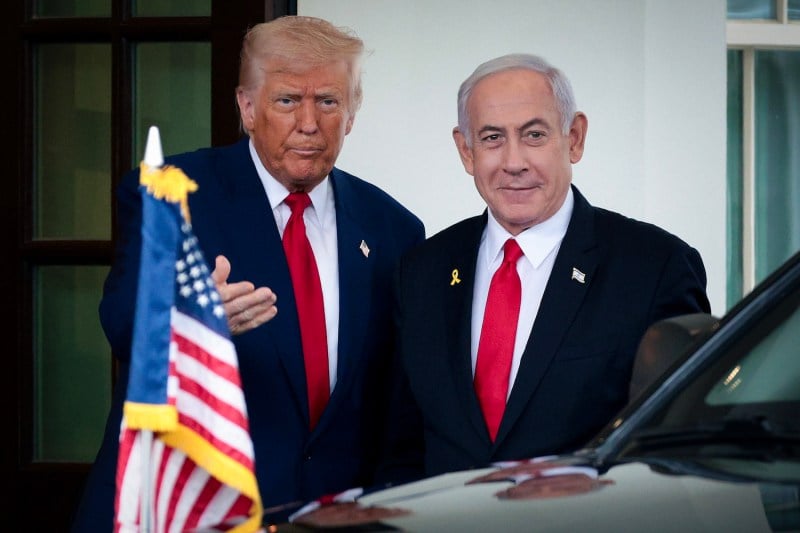
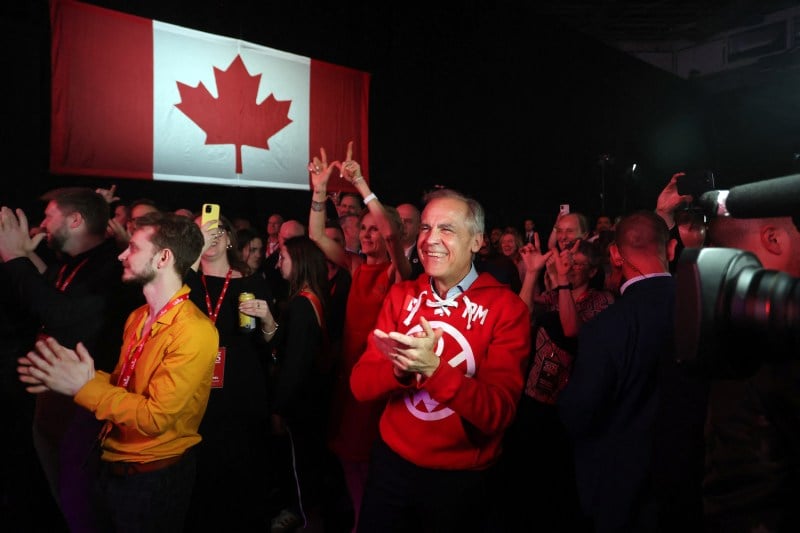

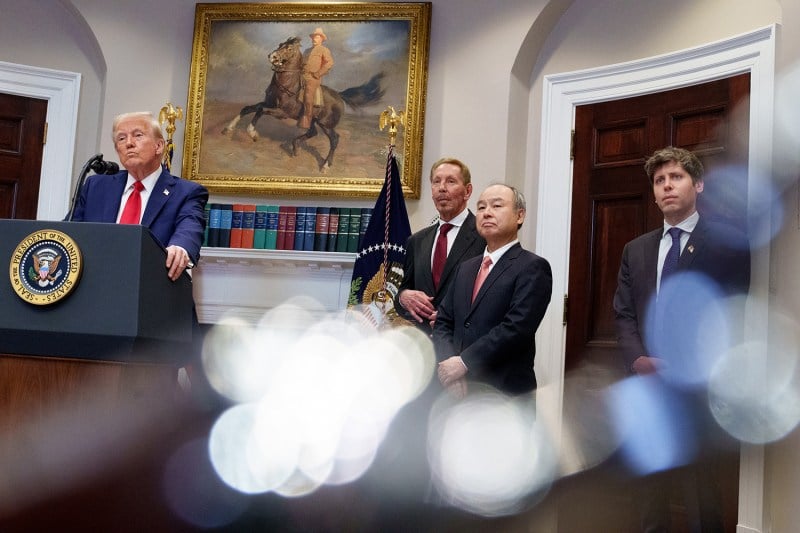
Join the Conversation
Commenting on this and other recent articles is just one benefit of a Foreign Policy subscription.
Already a subscriber?
.
Subscribe
Subscribe
View Comments
Join the Conversation
Join the conversation on this and other recent Foreign Policy articles when you subscribe now.
Subscribe
Subscribe
Not your account?
View Comments
Join the Conversation
Please follow our comment guidelines, stay on topic, and be civil, courteous, and respectful of others’ beliefs.
Change your username |
Log out
Change your username:
CANCEL
Confirm your username to get started.
The default username below has been generated using the first name and last initial on your FP subscriber account. Usernames may be updated at any time and must not contain inappropriate or offensive language.